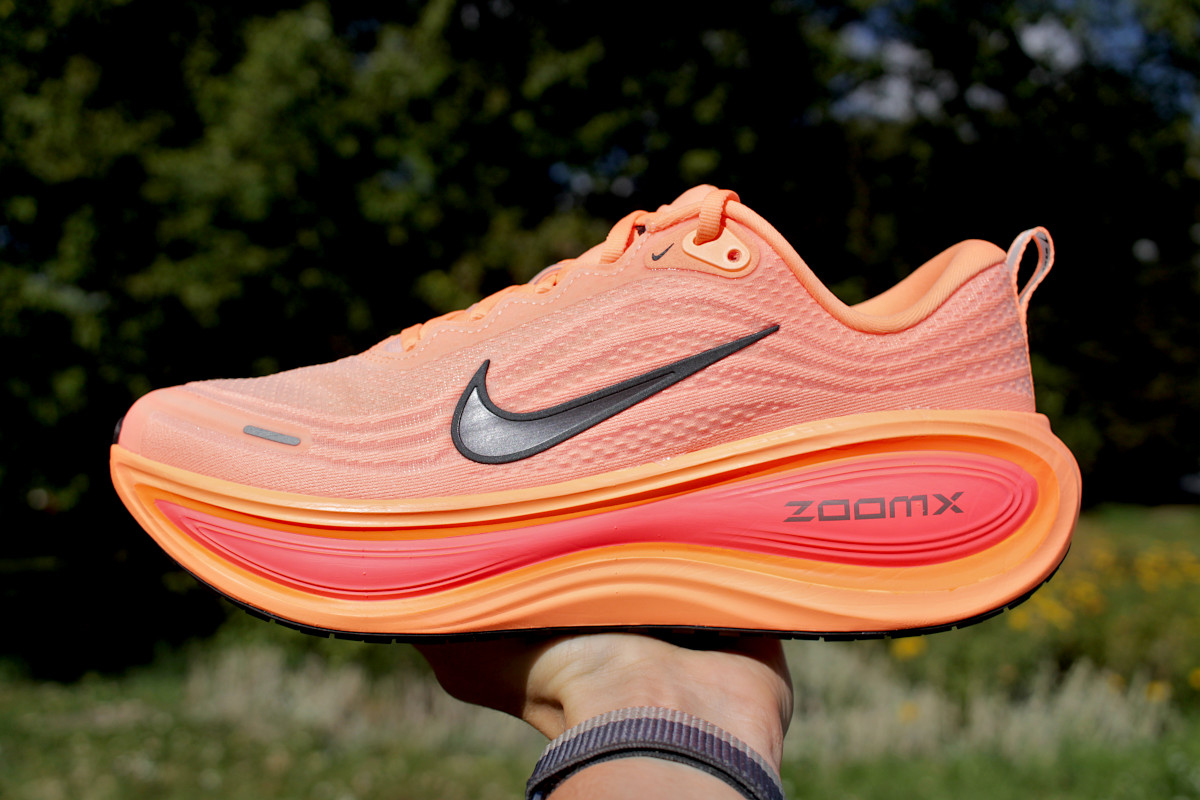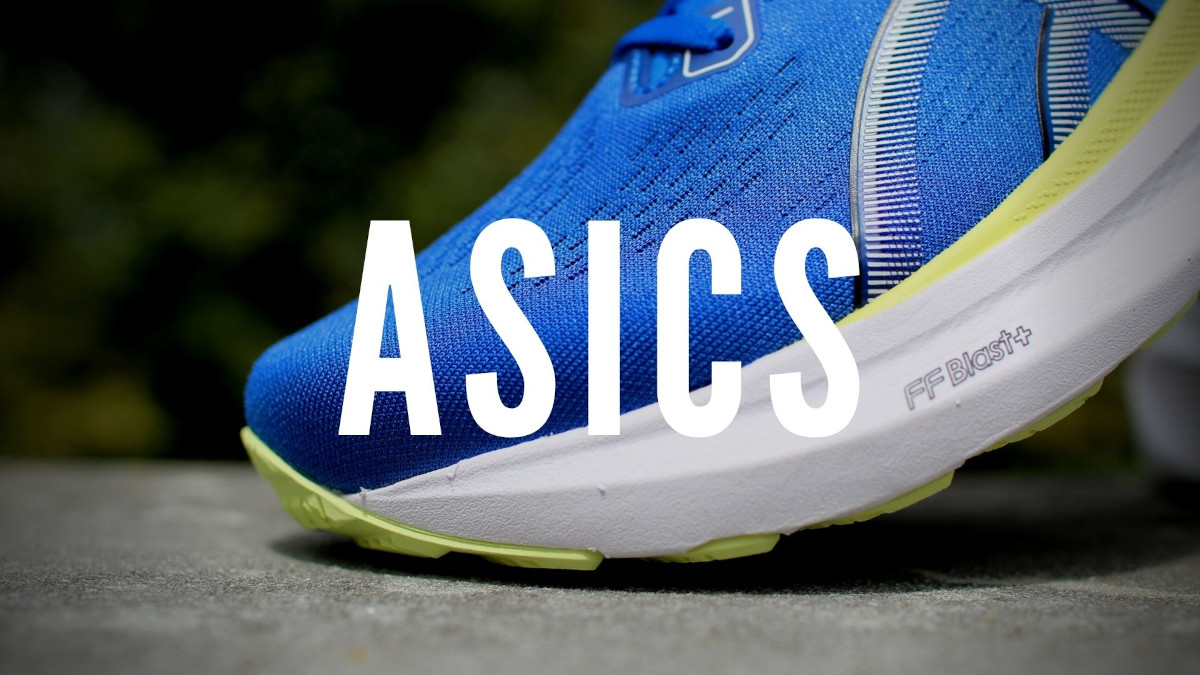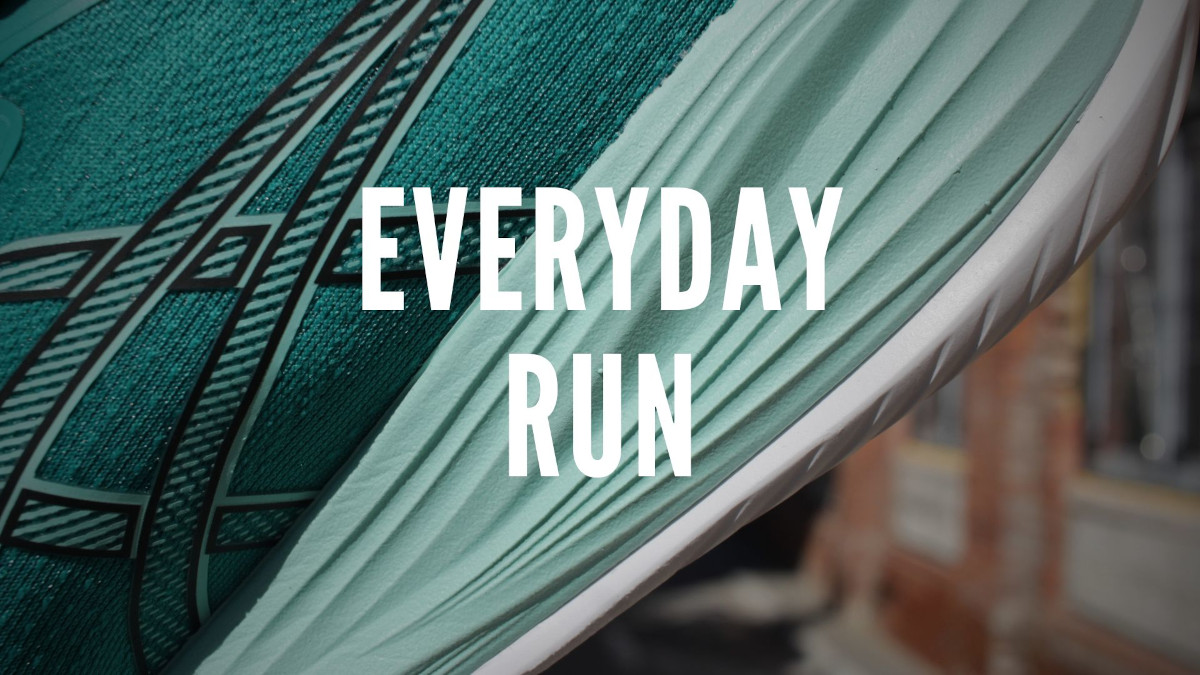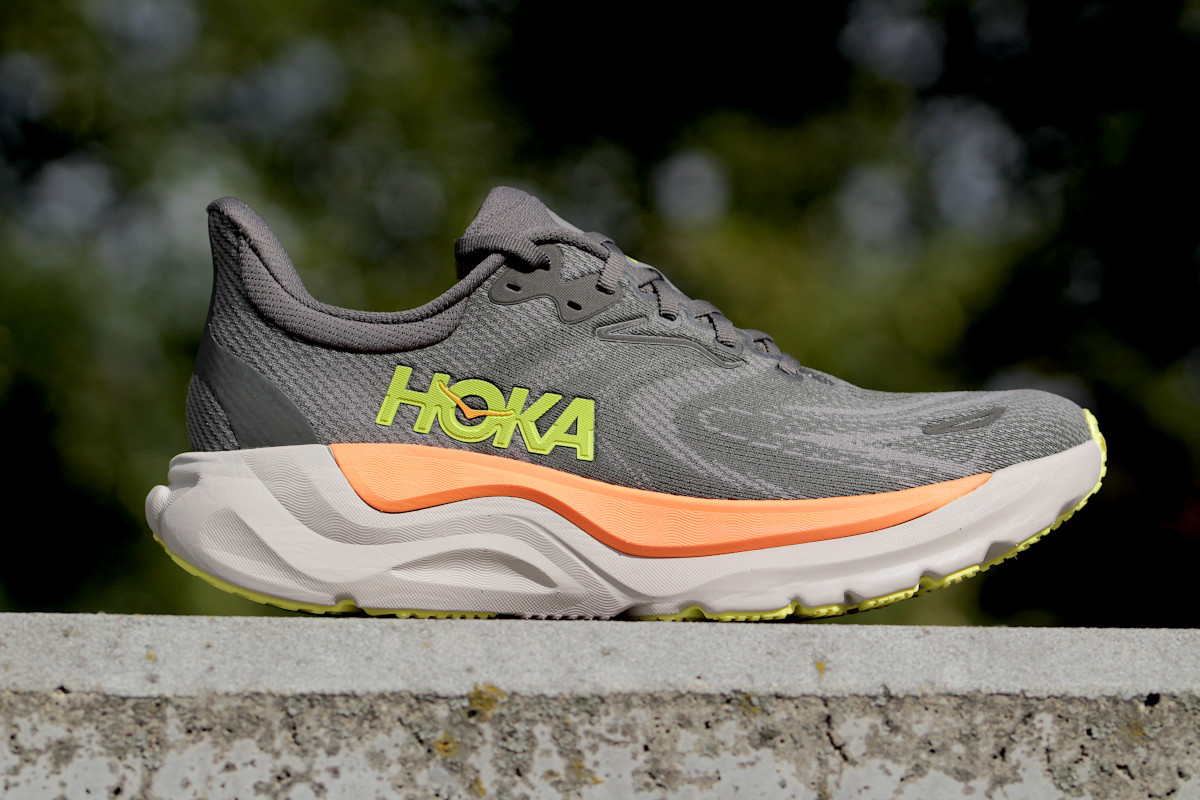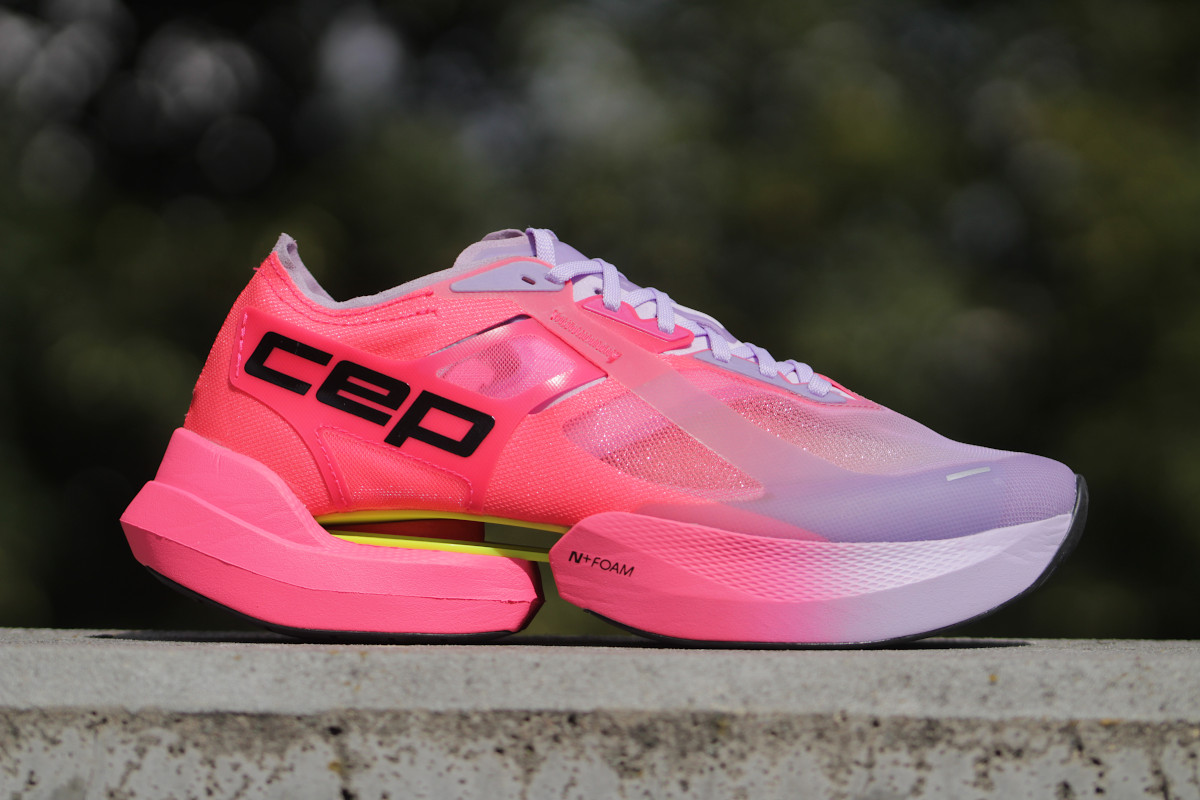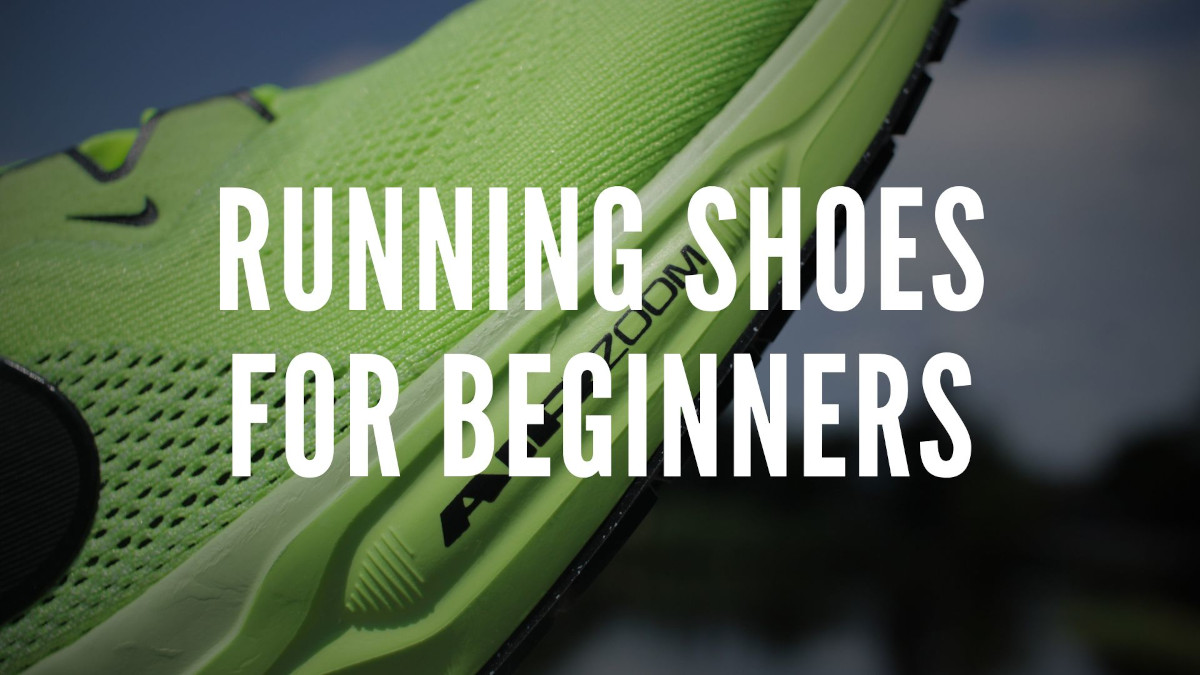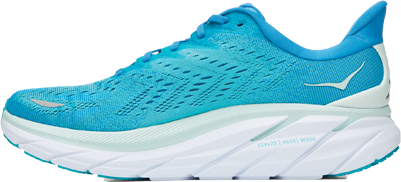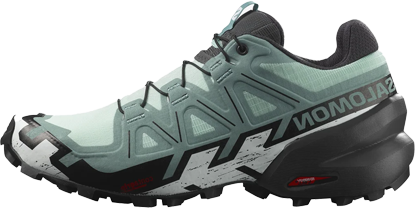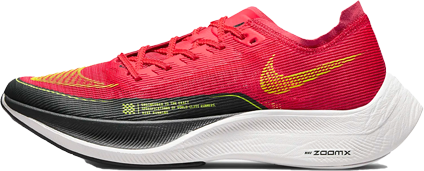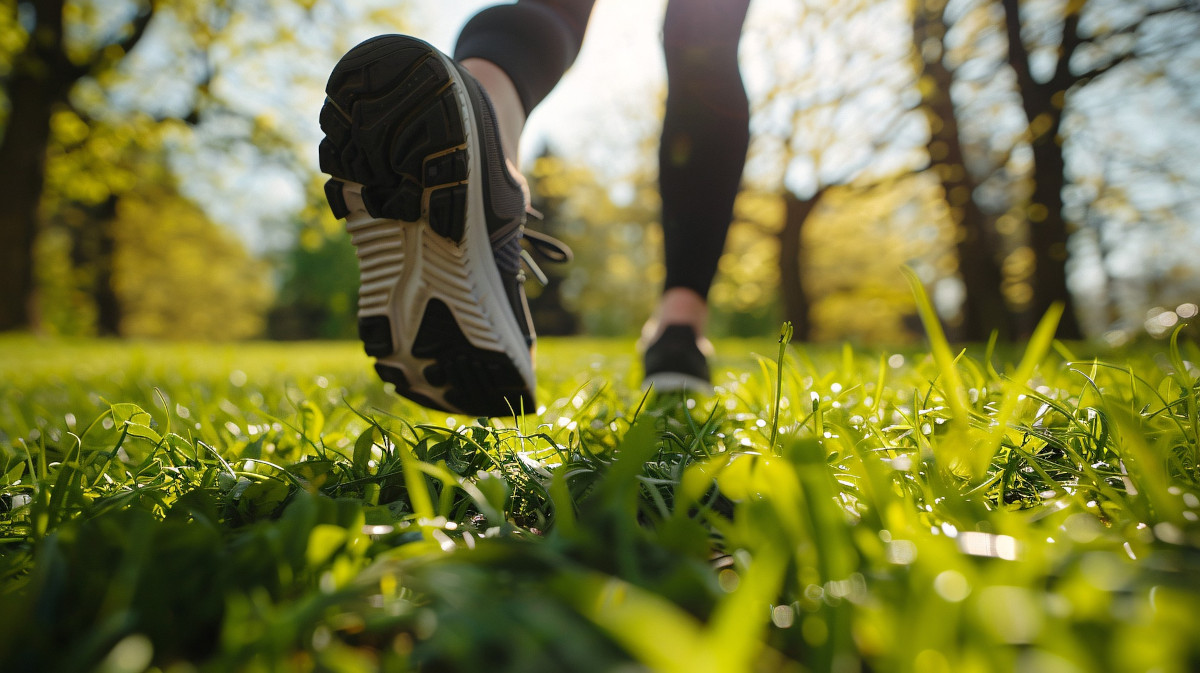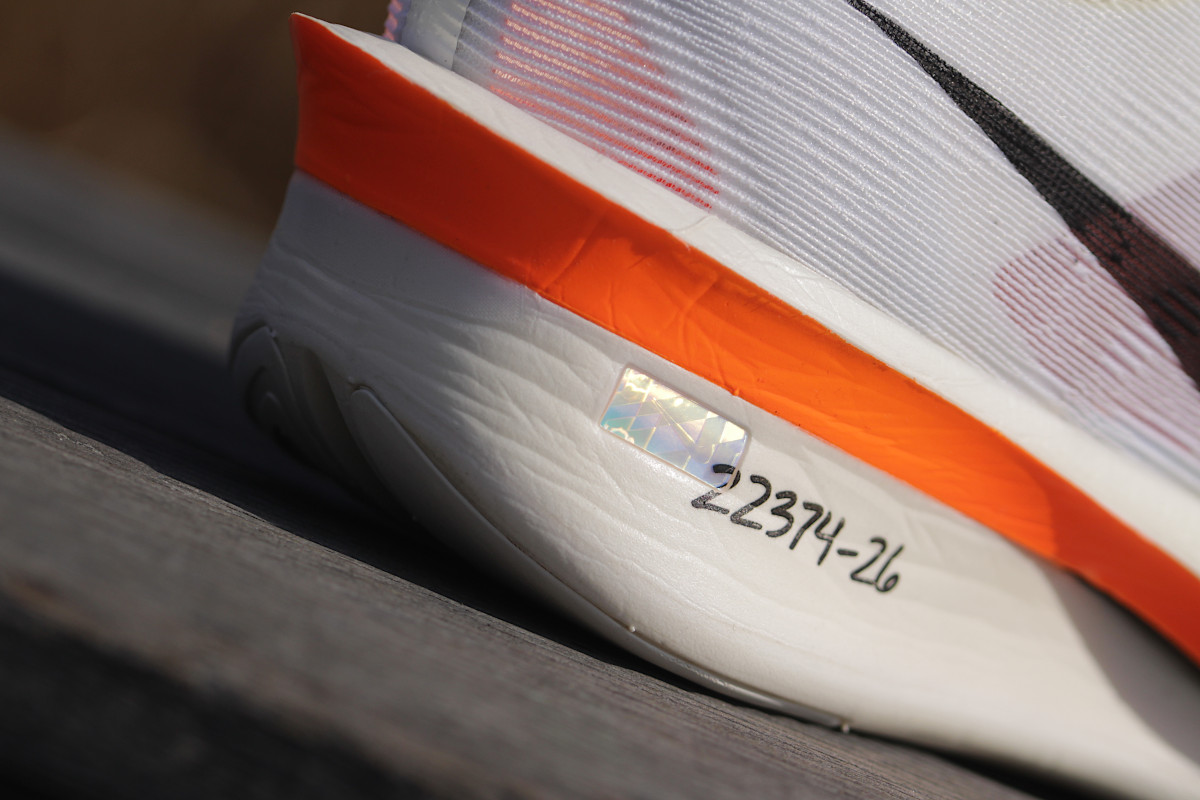Top Picks
The Nike Vomero Plus is ideal for runners seeking maximum cushioning and stable support during long workouts. Its ZoomX foam base is even larger than that of the classic Vomero model, providing a combination of soft landing and dynamic rebound. Currently, the Nike Vomero Plus is the most comfortable training shoe in the Nike lineup and one of the most luxurious running shoes in the world.
The Asics brand is one of the key brands in the context of running shoes. Almost all runners have heard of models such as Nimbus, Cumulus or Kayano. And this is just the tip of the iceberg, because the brand’s offer is wide and diverse. From extremely soft “hovercrafts” for daily “pounding the pavement” and carbon fiber racing vests to less advanced and affordable models. For years, Asics has also divided its running shoes into “Run further”, “Run faster” and “Run tough”.
Running every day can put a lot of strain on your legs, so proper cushioning is essential for comfort and reducing the risk of injury. This shoe guide features shoes that provide excellent cushioning and shock absorption while maintaining a dynamic and versatile design. These models are designed for runners looking for versatility in urban and suburban environments. They are suitable for hard surfaces, cobblestones and everyday training. If these are the shoes you’re looking for, the models in this guide will be a perfect fit!
New running shoes can tempt you to take them straight to the starting line. However, this can lead to blisters, pain, and unsuccessful competitions. That’s why it’s important to test out your new running shoes beforehand. I also recommend conducting a kind of “dress rehearsal” so that nothing surprises you at the target distance. In this guide, I explain how to effectively prepare your shoes for the distance and how long it takes for them to work with you, not against you.
The eighth edition of the Arahi offers stability for everyday running and features an even more solid, powerful construction. Hoka added more foam, which increases the perceived softness, and increased the drop to 8mm without compromising the lightness. It is a good option for runners looking for a lightweight, stable shoe for everyday use, suitable for both short and long distances. It is a shoe that seamlessly combines control and comfort.
Until now, CEP has mainly been associated with compression gear. Now, the brand is venturing into new territory by making its first foray into running shoes. It’s a big debut—the Pro Run Omnispeed Bowtech model stands out with its unusual design and bold colors. This shoe is not only made to look cool and use new technology, but also to provide the right traits — in this case, dynamism and speed. Has it worked?
The Nike Vomero Plus is ideal for runners seeking maximum cushioning and stable support during long workouts. Its ZoomX foam base is even larger than that of the classic Vomero model, providing a combination of soft landing and dynamic rebound. Currently, the Nike Vomero Plus is the most comfortable training shoe in the Nike lineup and one of the most luxurious running shoes in the world.
The beginning of running is a moment when shoes are crucial. Good shoes for beginners should support every step, not hinder it. In this shoe guide, we take a closer look at the most interesting models designed for those who are just starting their adventure with running. We look for a balance between cushioning, decent performance and a reasonable price. Each of these models will allow you to get off to a safe start.
Mizuno is a Japanese sports brand with over 100years of tradition. It is primarily known for its innovative running shoes. Its flagship technology is the Wave system, which provides cushioning and stability. Its lineup includes the soft, cushioned Mizuno Wave Sky training shoe; the lightweight, fast Mizuno Rebellion racing models; and the sturdy Mizuno Wave Mujin trail shoe. Thanks to this variety, runners of all levels—from beginners to marathoners and mountain trail enthusiasts—can find the perfect running shoes in the Mizuno lineup.
The Asics brand is one of the key brands in the context of running shoes. Almost all runners have heard of models such as Nimbus, Cumulus or Kayano. And this is just the tip of the iceberg, because the brand’s offer is wide and diverse. From extremely soft “hovercrafts” for daily “pounding the pavement” and carbon fiber racing vests to less advanced and affordable models. For years, Asics has also divided its running shoes into “Run further”, “Run faster” and “Run tough”.
New running shoes can tempt you to take them straight to the starting line. However, this can lead to blisters, pain, and unsuccessful competitions. That’s why it’s important to test out your new running shoes beforehand. I also recommend conducting a kind of “dress rehearsal” so that nothing surprises you at the target distance. In this guide, I explain how to effectively prepare your shoes for the distance and how long it takes for them to work with you, not against you.
As the name suggests, running shoes were designed for running. But they are so comfortable that they’re tempting. They are among the most comfortable sports shoes, if not the most comfortable. It’s no wonder many people want to use them for other activities as well. Can you wear them every day, work out at the gym, or ride a bike? Sometimes, yes; sometimes, no. It depends on the type of activity you plan to do.
Lightweight running shoes are popular among runners, especially those looking for speed and agility. But are the lightest models always the best choice? In this article, we analyze the meaning of “lightness” in the context of running shoes, the elements that manufacturers sacrifice to reduce weight, and the potential consequences. Some compromises include less cushioning, a thinner upper, and reduced durability. Read on to find out when lightweight running shoes are a good choice and when a more balanced construction is better.
Running shoes are technologically advanced footwear designed to support the foot during intense movement. Their construction takes into account various elements such as the outsole, midsole and insole, which together provide cushioning, traction and stability. The upper and its components, in turn, affect comfort and convenience. Each of these elements can and does affect the characteristics of the shoe and can improve comfort and training effectiveness. What are these elements?
“Where there’s failure, there’s an excuse” – runners have mastered this to perfection. Especially when the finishing time is far from what they dreamed of at night. A list of reasons? An entire encyclopedia! Everyone who takes part in competitions has at least a few of them to their name. Here are the greatest classics – excuses that you have probably used yourself after a failed start. And if not? Don’t worry, everything is still ahead of you!
When were the first running shoes made? It is difficult to say, but the history of the brands that produce them goes back over 100 years. Which was the first? Which were made together? Which was the first to introduce EVA foam shoes and what were the other key moments in the history of running shoes as we know them today?
Hi, I’m Pawel
I have been running and choosing the right running shoes for several years. I am a runner who has competed in many different races, from 1000-meter treadmill races to ultra-marathons in the mountains. Since 2011, I have been writing pawelbiega.pl, one of the most frequently read blog about running and running shoes in Poland. Now I invite you to its English-language version, pawelruns.com.

